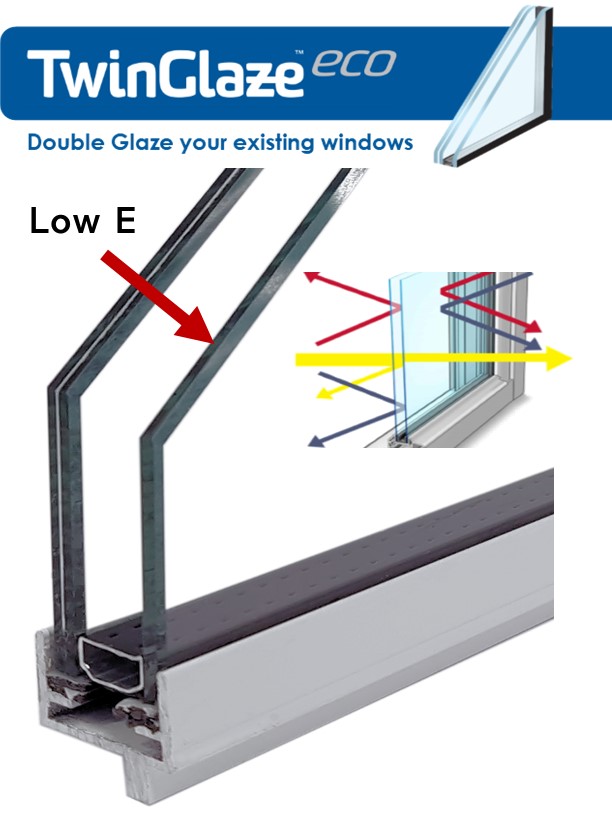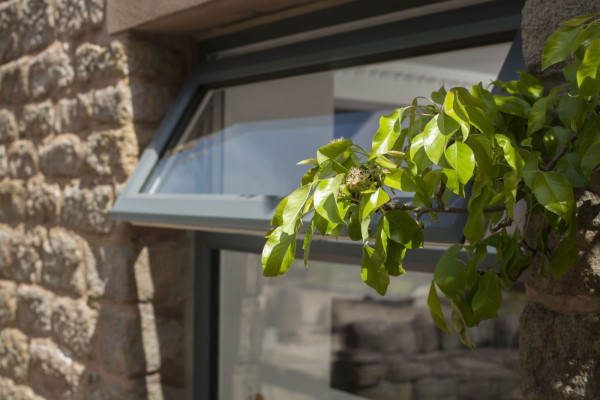All Categories
Featured
Table of Contents
Double Glazing Vs Triple Glazing: Which Should You Choose in Peppermint Grove WA
Glazing just implies the windows in your house, including both openable and fixed windows, in addition to doors with glass and skylights. Glazing really simply means the glass part, however it is normally utilized to refer to all elements of an assembly including glass, movies, frames and furnishings. Taking notice of all of these aspects will help you to accomplish efficient passive design.

Energy-efficient glazing makes your home more comfy and significantly reduces your energy costs. However, unsuitable or improperly created glazing can be a major source of unwanted heat gain in summer season and considerable heat loss and condensation in winter season. As much as 87% of a house's heating energy can be gotten and as much as 40% lost through windows.
Single Vs Double Vs Triple - Which Window Is Right For Your ... in Maddington Perth
Glazing is a significant investment in the quality of your home. The expense of glazing and the cost of heating and cooling your house are carefully related. An initial investment in energy-efficient windows, skylights and doors can greatly decrease your yearly heating & cooling bill. Energy-efficient glazing also decreases the peak heating and cooling load, which can minimize the needed size of an air-conditioning system by 30%, leading to more cost savings.

This tool compares window selections to a base level aluminium window with 3mm clear glass. Understanding some of the crucial homes of glass will help you to select the very best glazing for your house. Secret properties of glass Source: Adjusted from the Australian Window Association The quantity of light that passes through the glazing is understood as visible light transmittance (VLT) or visible transmittance (VT).
Glass Selector - Custom Single & Double Glazed ... in Melville Perth
This may lead you to turn on lights, which will result in greater energy expenses. Conduction is how readily a material performs heat. This is referred to as the U worth. The U value for windows (revealed as Uw), explains the conduction of the whole window (glass and frame together). The lower the U value, the higher a window's resistance to heat circulation and the better its insulating value.
For example, if your home has 70m2 of glazing with aluminium frames and clear glass with a U worth of 6. 2W/m2 C, on a winter season's night when it is 15C colder outside compared to inside, the heat loss through the windows would be: 6. 2 15 70 = 6510W That is comparable to the overall heat output of a large room gas heater or a 6.
Which Type Of Glass Is Best For Energy Efficiency? - A&l Windows in Warwick Western Australia

If you select a window with half the U worth (3. 1W/m2 C) (for example, double glazing with an argon-filled gap and less-conductive frames), you can halve the heat loss: 3. 1 15 70 = 3255W The solar heat gain coefficient (SHGC) for windows (expressed as SHGCw) determines how easily heat from direct sunshine flows through a whole window (glass and frame together).
The lower a window's SHGC, the less solar heat it transmits to your home interior. Glazing makers declare an SHGC for each window type and style. Nevertheless, the actual SHGC for windows is impacted by the angle that solar radiation strikes the glass. This is referred to as the angle of occurrence.
The Best Double Glazing Companies In Canberra in South Lake Western Australia
When the sun is perpendicular (at 90) to the glass, it has an angle of occurrence of 0 and the window will experience the optimum possible solar heat gain. The SHGC stated by glazing makers is constantly calculated as having a 0 angle of occurrence. As the angle increases, more solar radiation is shown, and less is transferred.
Latest Posts
How To Upgrade Your Garden's Summer House For Year- ... in Hilton WA
When Is The Best Time Of Year To Replace Windows? in Hovea Western Australia
Sustainability in Coolbellup Perth